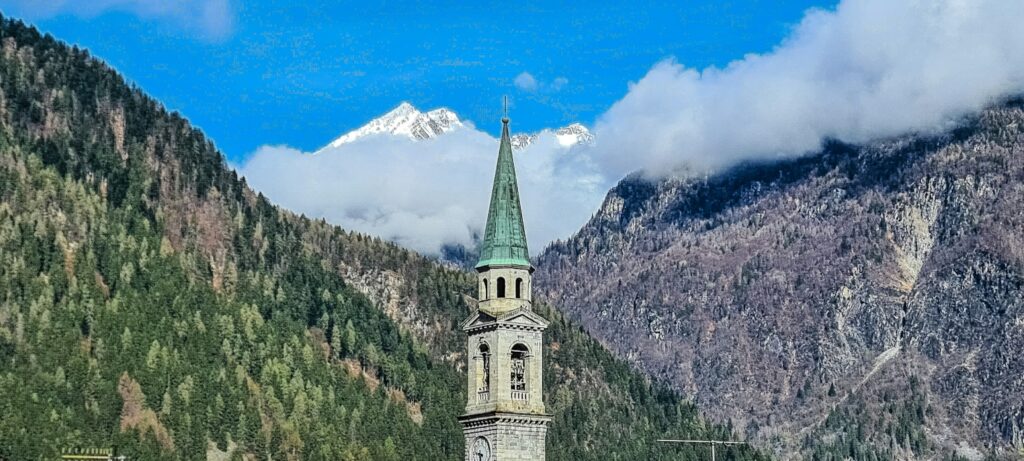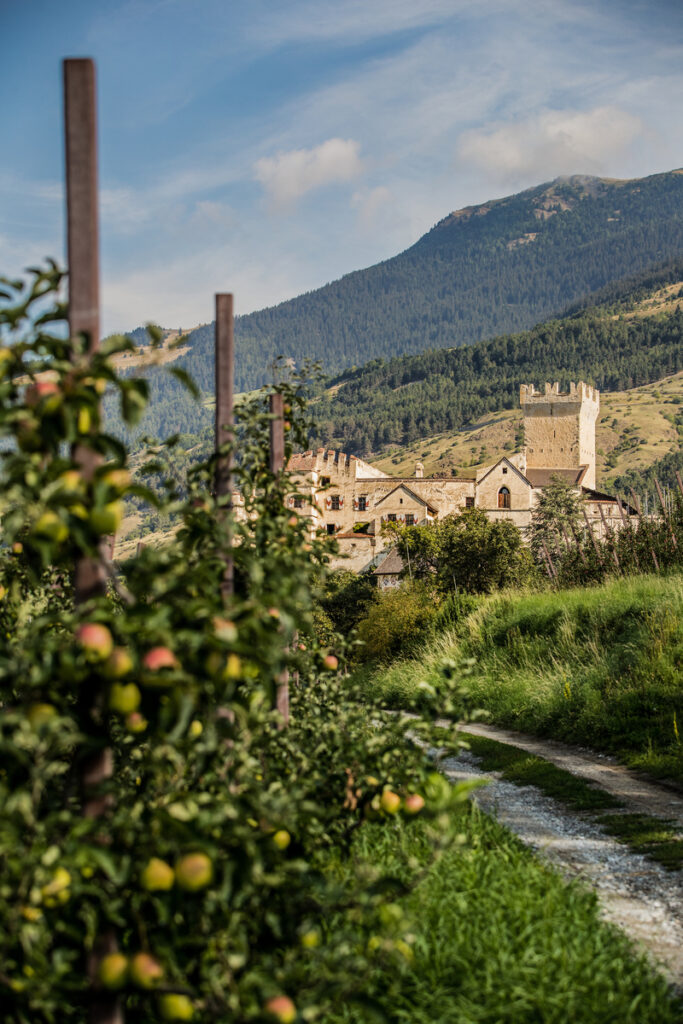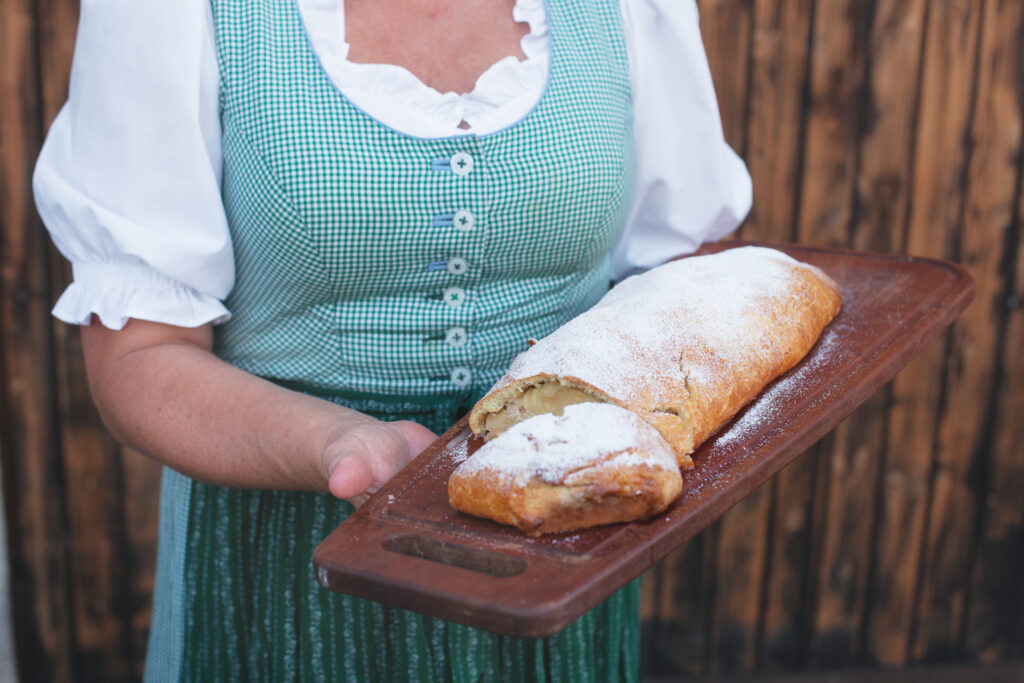In 2023 some decisive steps have been taken towards the long-awaited creation of a permanent museum and scientific center dedicated to the centuries-old saga of Trentino emigration. The project of the “Trentino Emigration Museum in the World” is moving forward after years of joint efforts between institutions and interested citizens.
Following the presentation event in June 2022, last May the Trento Provincial Council approved the allocation of €700,000 for the creation of the Museum of Trentino Emigration in the World. This measure comes a few months after the commissioning of a feasibility study by the Museo del Marco e della Migrazione della Città di Genova, the managing body of the MEI – Museo Nazionale dell’Emigrazione Italia – which will be inaugurated in May 2022.
Why the Museum of Trentino Emigration in Pinzolo
The choice of Pinzolo as the future seat of the Museum of Trentino Emigration in the World is the result of the collaboration of the most important local bodies. In addition to the Municipality of Pinzolo, which has donated part of the PalaDolomiti to the initiative, there is also the Centre for Legal Studies, the Association Trentini nel Mondo, the Trentino Historical Museum Foundation and the Emigration Office of the Autonomous Province of Trento. The involvement of the Campiglio Dolomiti Tourist Board underlines the importance of the project for the further development of tourism in the area, which is already a renowned summer and winter destination.
Pinzolo and Val Rendena, in the western part of Trentino, still keep the memory of important and continuous migratory flows during the periods when these areas belonged to the Austro-Hungarian Tyrol and later to the Italian Trentino. Since the early 19th century, the alpine valleys have witnessed a distinctive pattern of migration, frequently seasonal, towards Europe and, subsequently, America.
The inhabitants of Rendena established themselves abroad as salumai (sausage makers), segantini (carpenters and woodworkers) and above all as knife sharpeners (“moleta” in the local dialect). A monument to this last figure has stood at the entrance to the town since 1969, commemorating events fundamental to the collective identity of the valley, which will soon be highlighted, along with many others, in the new museum.
(Image by Icy Alaska su Unsplash)




